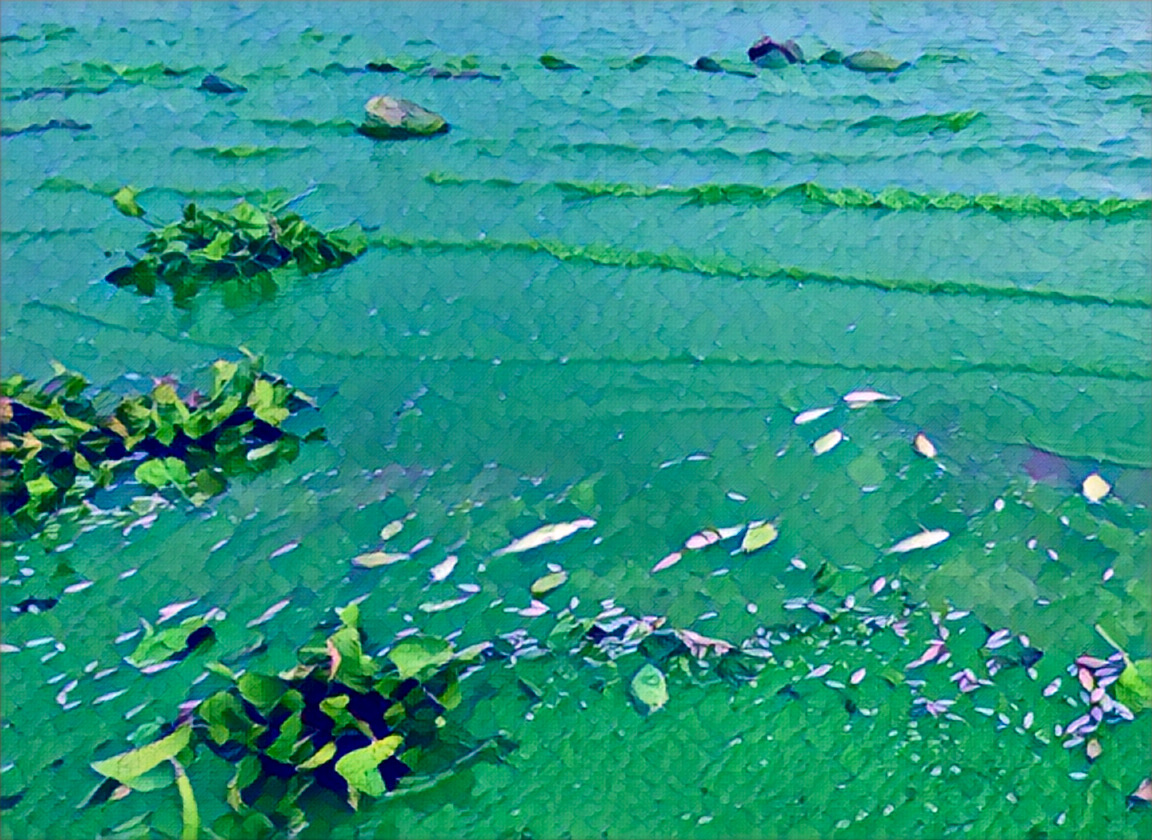KEY POINTS
- Sewage runoff from Marimba suspected in Lake Chivero contamination.
- Harare Mayor blames industries, settlements, and city council for pollution.
- Mass fish deaths and wildlife loss affect local livelihoods and ecosystem.
The Zimbabwe Parks and Wildlife Management Authority (ZimParks) has launched an urgent investigation into Lake Chivero following the unexplained deaths of fish and wildlife in the area. Four white rhinos, three zebras, birds, and several livestock have reportedly died after drinking water contaminated with cyanobacteria.
ZimParks spokesperson Tinashe Farawo revealed that preliminary investigations pointed to sewage runoff from the Marimba area as the likely source of contamination.
“Initial findings suggest that sewage from Marimba has polluted multiple bays, causing dangerous conditions for aquatic life. This has triggered an algae bloom, which in turn depletes oxygen in the water, leading to high fish mortality,” Farawo explained.
According to New Zimbabwe, he noted that the contamination may continue to affect fish populations as wind patterns shift, spreading the hazardous water across the lake.
In response, a ZimParks team is conducting broader investigations to identify the full extent of the damage and the root cause of the pollution.
Harare City Council, industries share the blame
Harare Mayor Jacob Mafume acknowledged that the city council has work to do to address the raw sewage situation. However, he argued that the blame should be shared among other contributors, including industrial waste, informal settlements, and other unregulated activities near the lake.
“The problem is beyond just the city council,” Mafume said. “Industries and settlements in the area are also responsible for the deteriorating water quality. We need a unified approach to tackle these issues and find lasting solutions.”
He dismissed claims that cyanobacteria were solely responsible for the deaths of the white rhinos, questioning how the bacteria could selectively kill specific animals while sparing others.
“It’s hard to believe that a bacteria could target four white rhinos and some fish alone. This needs a more thorough investigation,” he added.
Harare City Council revealed that it had deployed teams to collect water samples from the specific section of Lake Chivero where rhinos were known to drink.
The council stated that efforts were being made to treat sewer outflows while also sourcing funds from the government to address the larger issue of water contamination.
Impact on fishers, wildlife, and local livelihoods
Lake Chivero, a vital water source for Harare and its surrounding communities, is home to over 400 species, including tilapia and catfish. Fishing cooperatives, unregistered fishers, and local vendors depend on the lake for their livelihoods. The contamination has led to mass fish deaths, dealing a blow to the local fishing industry.
Residents and fishermen expressed concern that the situation could worsen if immediate action is not taken. Local cooperatives rely on the sale of fish from Lake Chivero to supply food to nearby Harare residents, and any disruption in fishing activities could create ripple effects in the community’s economy.
The World Health Organization (WHO) notes that cyanobacteria can proliferate under specific conditions, such as increased nutrient runoff and poor water management. Exposure to cyanobacteria can cause skin lesions, respiratory issues, and, in extreme cases, the poisoning of aquatic and land animals.
The WHO advises that efforts to manage lakes, rivers, and reservoirs are essential to prevent cyanobacterial blooms and protect both human and environmental health.


